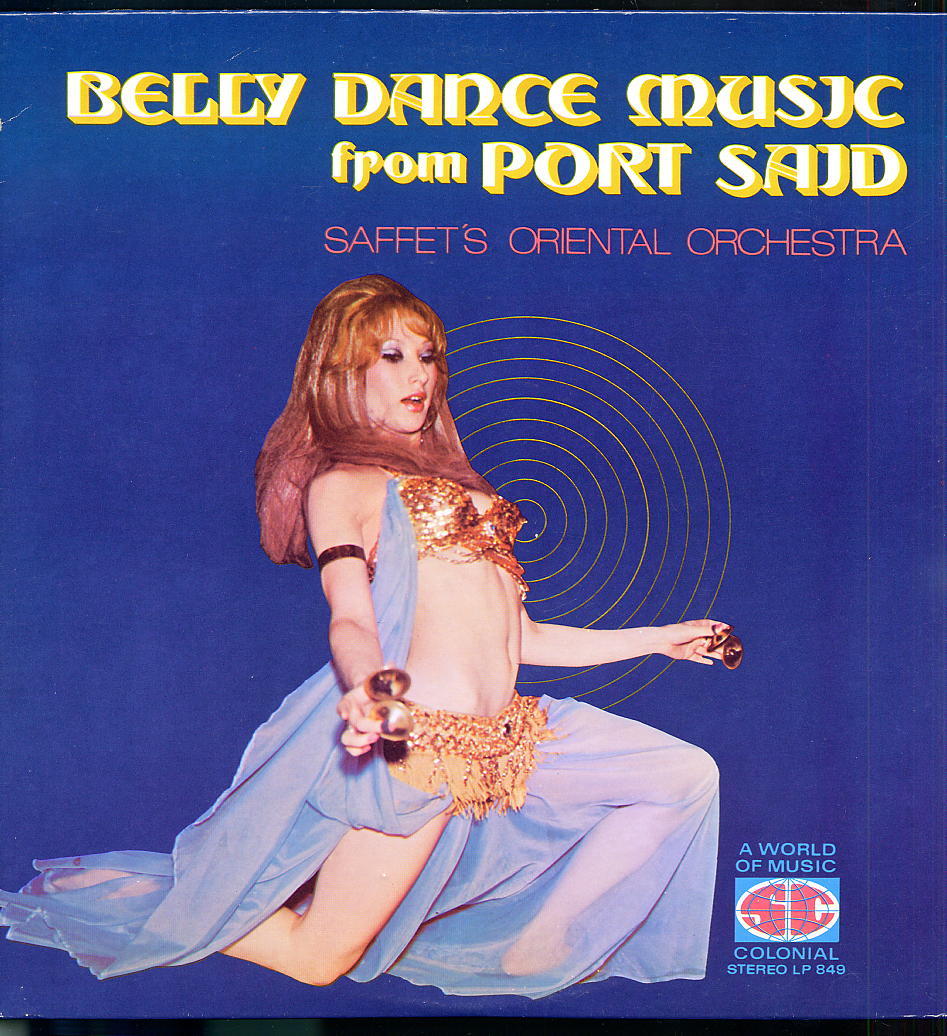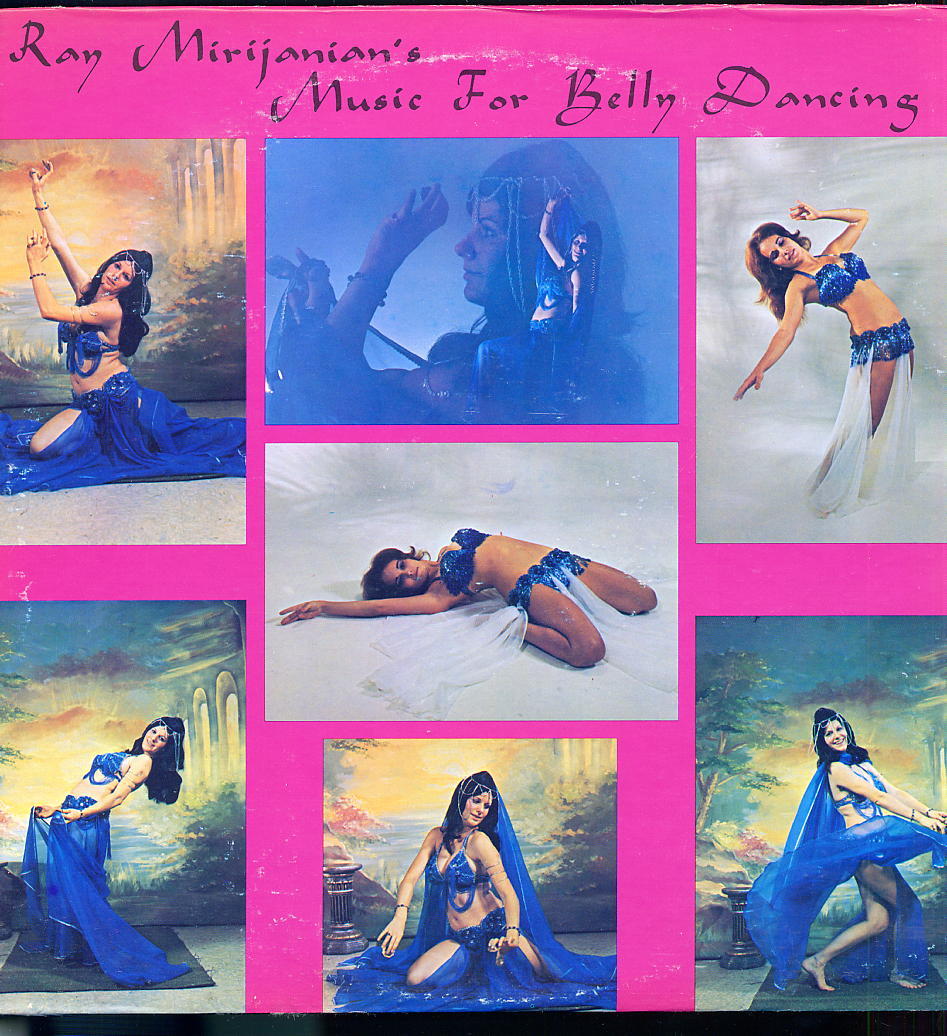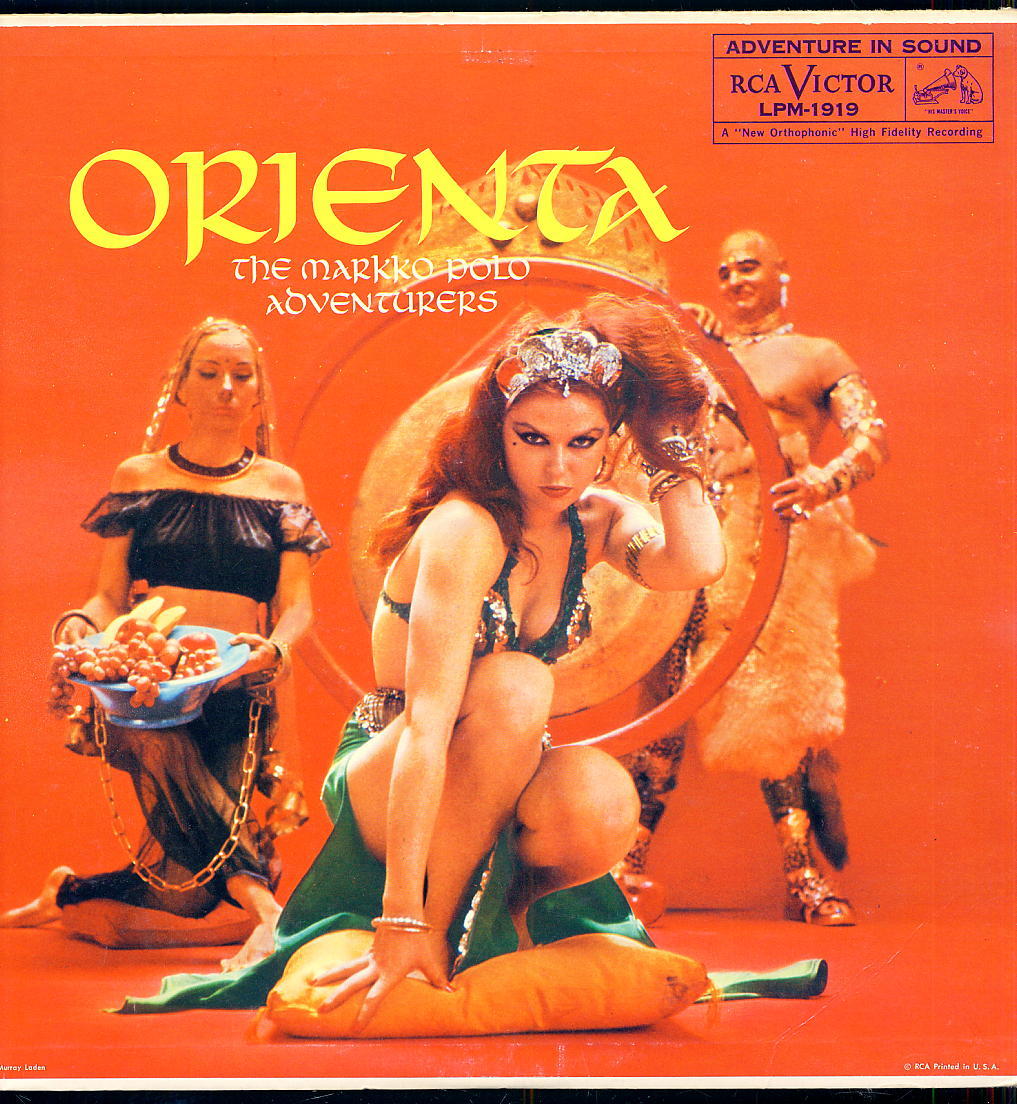 |
I’ve noticed that in the past copule of posts, album covers of middle eastern music/belly dancing of the ’50s and ’60s appear to prefer redheads. Here, even the blonde has to settle for being upstaged by this redhead. If the bald fella hits the gong, the performance is over and the dancer gets escorted off the stage. |
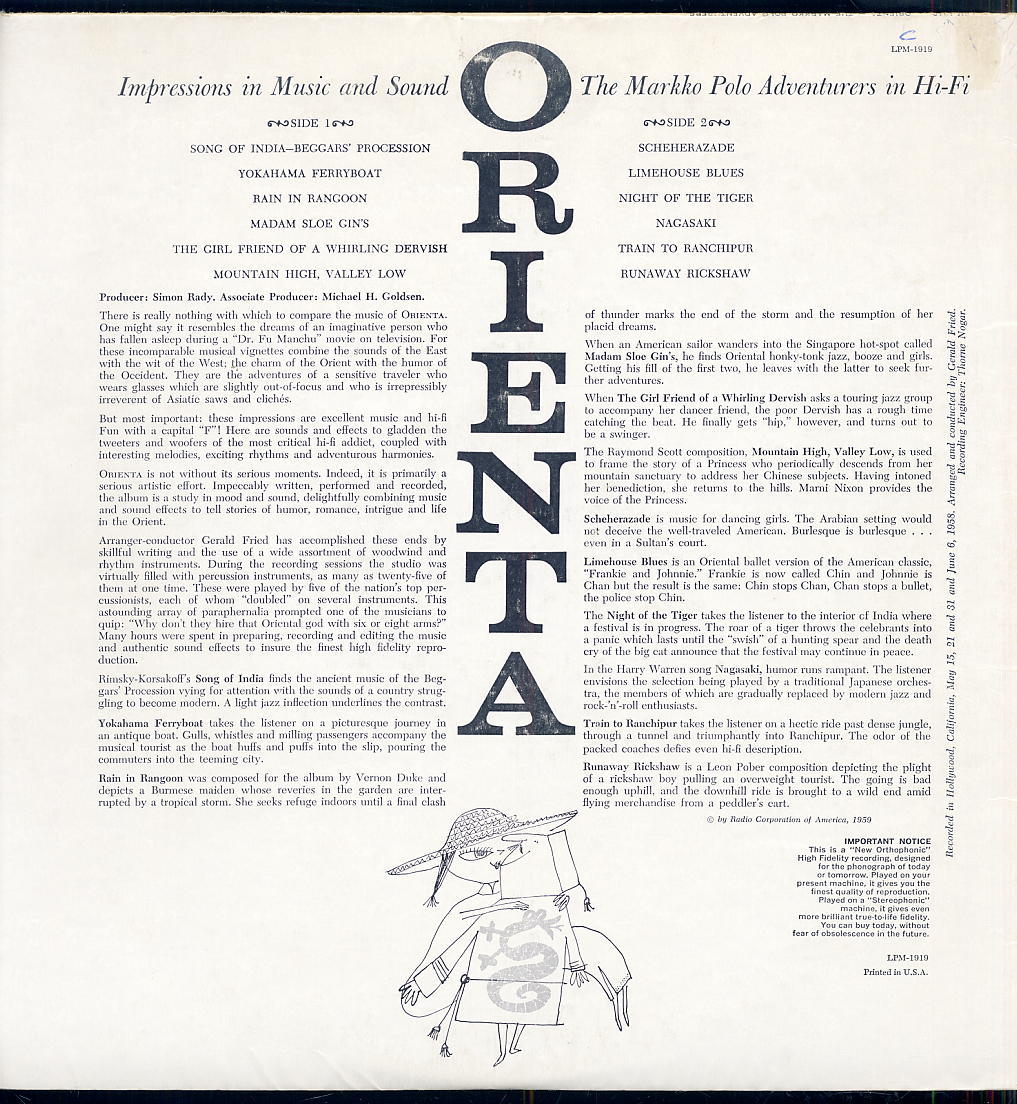 |
“Orienta: The Marco Polo Adventures” could have been made in the late 50s and early 60s when most blockbuster movies consisted of stories of history and exploration. But no exact information exists. |
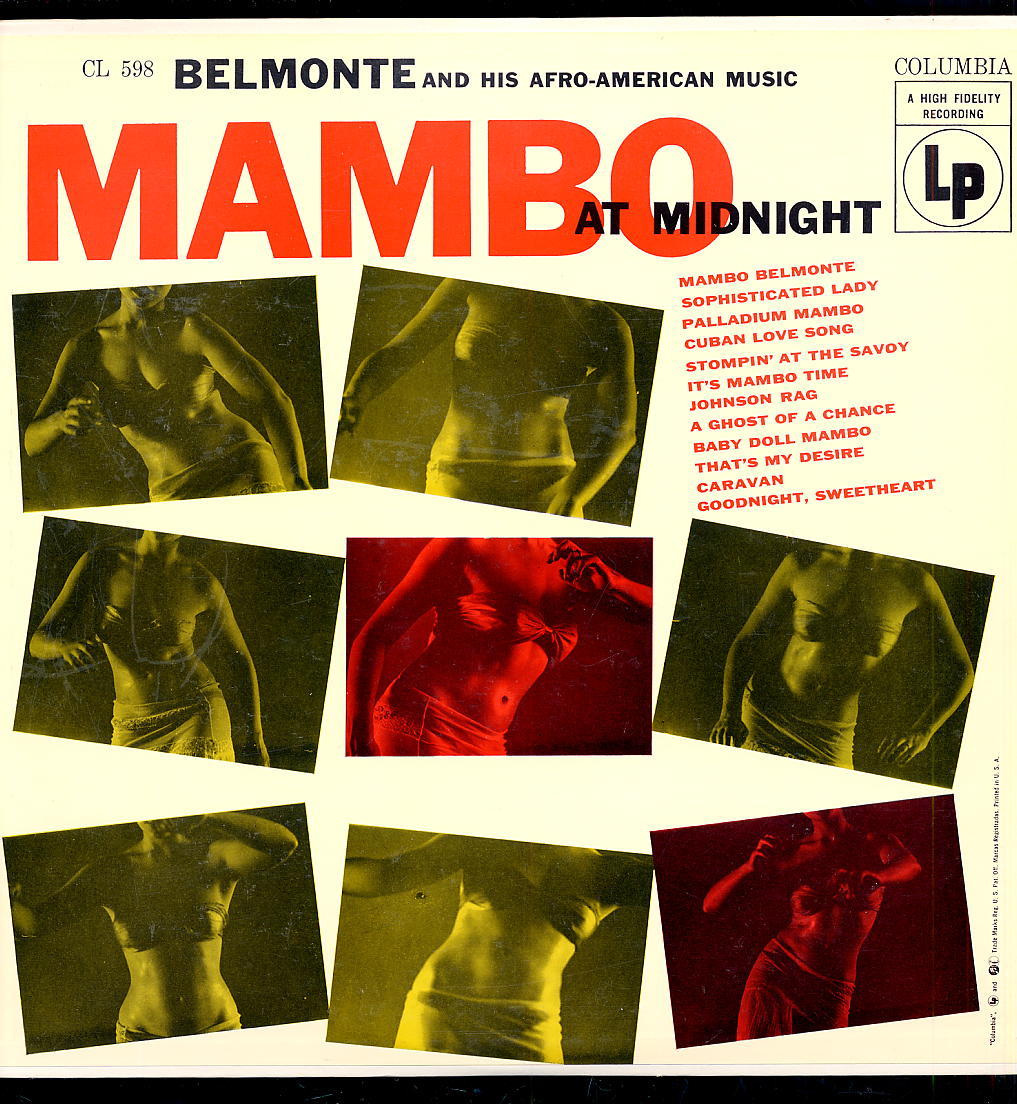 |
Mambo at Midnight, by Belmonte and his Afro-American Music. At least it’s not that other Midnight Mambo: the horizontal one.
Click here to hear a sampling of what Belmonte sounds like. |
Visits: 122

